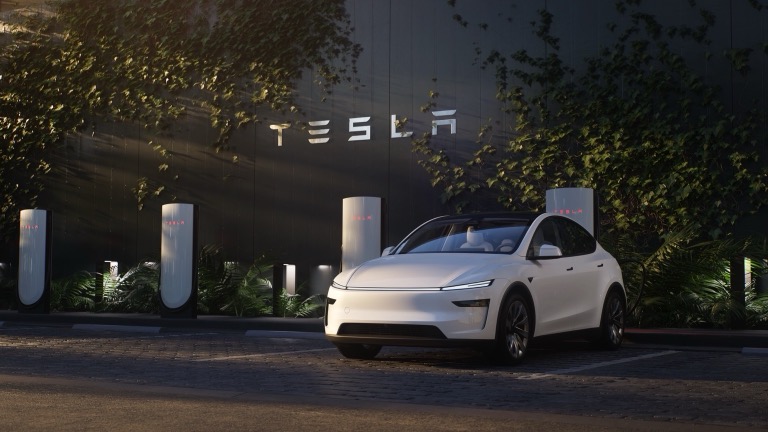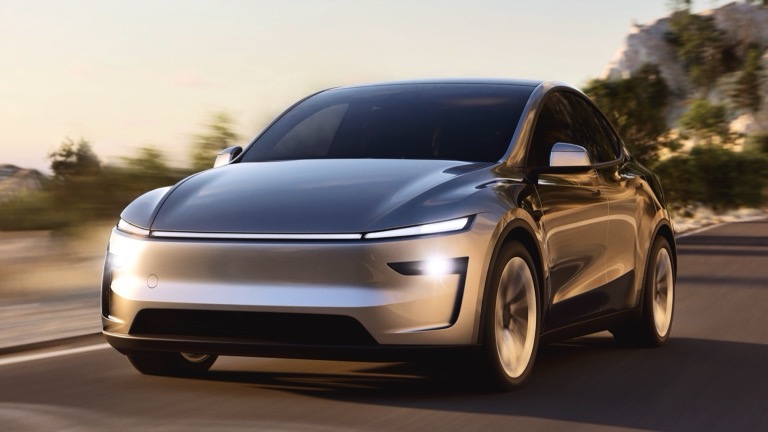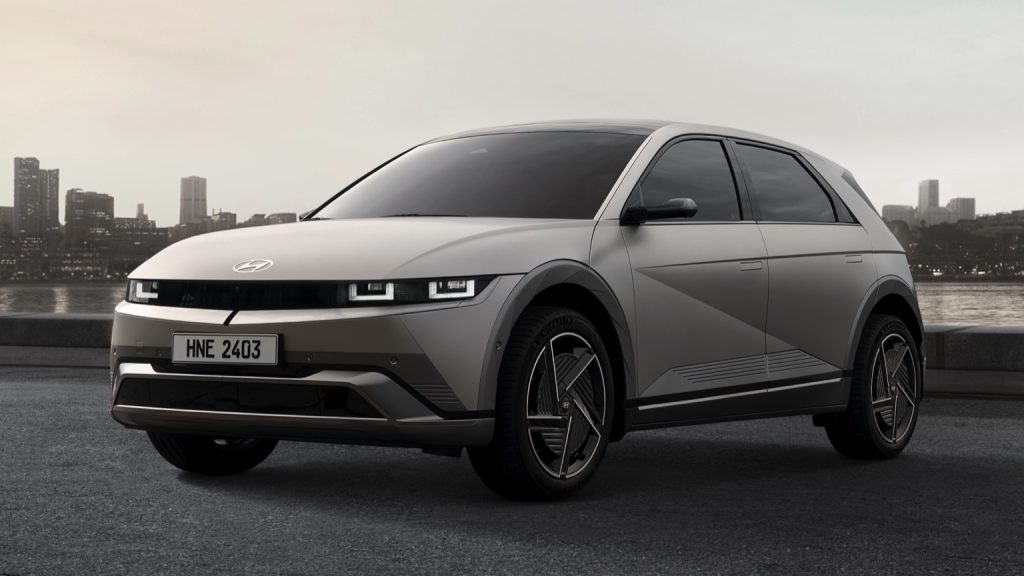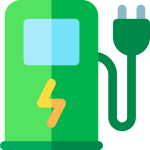
The electric-SUV debate that has many Australian families thinking twice about their next car: Tesla Model Y versus Hyundai IONIQ 5. Both are formidable entries in the EV market, but they arrive with contrasting philosophies, strengths and trade-offs. This piece cuts through the marketing noise to help Australian buyers – from families to weekend adventurers – decide which of these two suits their daily life and longer trips.
Two contenders, two approaches
Tesla Model Y
- The Model Y is the pragmatist’s EV: engineered to scale, prioritising range efficiency, software-led user experience and access to Tesla’s proprietary charging network. Its minimalist interior and big central touchscreen reflect Tesla’s Silicon Valley DNA. In Australia it has been a market leader by sales for reasons that include competitive real-world range, strong brand recognition and the convenience of Superchargers on major routes.

Hyundai IONIQ 5
- The IONIQ 5 is a purpose-built EV on Hyundai’s E-GMP platform. It emphasises cabin space, comfort and a distinct design language – a mix of retro and futuristic cues. Hyundai has positioned it as a lifestyle and family vehicle that also doubles as a capable long-distance cruiser, particularly attractive for buyers who want a more traditional interior layout and practical features such as vehicle-to-load (V2L) capability.

Performance and ride: what driving feels like in Australia
Acceleration and handling
- Both cars offer brisk performance across their line-ups. The Model Y is typically perceived as the sportier, more dynamic car on twisty roads thanks to a lower centre of gravity and taut chassis tuning. It feels punchy in everyday overtakes and merges.
- The IONIQ 5 tends toward a more composed, comfort-oriented ride that soaks up rougher suburban surfaces and long-distance corrugations. If your driving mix includes long country runs and ferrying children across town, its compliant suspension and roomy rear seats often feel more family-friendly.
Real-world range and efficiency
- Brand-quoted ranges are useful benchmarks, but real-world consumption depends on load, speed and weather – in Australia, especially hot-climate performance and highway efficiency matter. Both cars perform well in temperate conditions; expect range to drop on sustained high-speed runs and in extreme heat when air conditioning use is continuous.
- The IONIQ 5’s 800V architecture supports much faster peak DC charging rates where compatible ultra-rapid chargers exist; the Model Y benefits from Tesla’s efficient battery chemistry and widespread Supercharger support, which can significantly lower stress on longer interstate routes.
Charging and network practicalities
Superchargers vs open fast chargers
- Tesla’s Supercharger network remains a practical advantage in many parts of Australia because of its ubiquity on major corridors and its straightforward plug-and-charge convenience. Tesla’s continued rollout and investment in Australia means reliable route planning for many longer trips.
- The IONIQ 5’s ability to accept very high-power DC charging (where available) can make for shorter stops when using compatible 350kW chargers. Public infrastructure is growing, but ultra-rapid chargers are still concentrated on key routes and urban precincts; planning remains essential.
Home charging and V2L
- Both cars are easily accommodated with home AC chargers. The IONIQ 5’s V2L function is a genuinely useful Australian-friendly feature – powering camp appliances or outdoor tools directly from the car battery is practical for weekenders and regional travellers.
Space, packaging and family practicality
Cargo capacity and everyday use
- The Model Y’s packaging prioritises cargo capacity; it offers large rear storage and a sizeable front storage well, making it a strong choice for families carrying prams, sports gear or multiple suitcases. The wide rear hatch makes loading bulky items straightforward.
- The IONIQ 5, while offering a smaller rear cargo volume on paper, rewards occupants with an exceptionally spacious cabin. A flat floor, longer wheelbase and sliding centre console create a lounge-like feel that benefits rear-seat passengers on long trips.
Interior, tech and ergonomics
User interface and software
- Tesla’s software-first approach means frequent over-the-air updates and a centralised touchscreen that controls almost every function. It’s slick but polarising; some drivers love the uncluttered interface, others miss tactile controls and instrument clusters.
- Hyundai offers a more conventional dual-screen layout, physical controls for core functions and integrated smartphone mirroring. This can be easier for families who prefer quick, tactile interactions while on the move.
Safety and driver assistance
- Both manufacturers provide advanced driver-assist features. Tesla’s Autopilot and associated features are well known and constantly evolving through software updates; buyers should be aware of the regulatory and practical limits of these systems. Hyundai’s suite of ADAS is comprehensive, typically providing robust active-safety assist systems and family-focused convenience features.
Ownership costs and resale considerations
Running costs
- EVs generally offer lower running costs than comparable petrol vehicles: fewer moving parts, cheaper per-kilometre energy cost and reduced servicing bills. Insurance and rego can vary by state and insurer; check local pricing. Charging at home remains the lowest-cost option for most drivers.
- Resale values for popular EV models have been strong in Australia, but the market can shift with technology cycles, incentives and supply. Tesla’s brand strength has supported resale demand, while Hyundai’s reputation for reliability and warranty programs also supports residual values.
Which one should Australian families choose?
It comes down to priorities:
- Choose the Tesla Model Y if you prioritise maximum cargo capacity, a minimalist, software-led ecosystem and the convenience of Tesla’s Supercharger network on long drives.
- Choose the Hyundai IONIQ 5 if you favour cabin comfort, passenger space, a more traditional interior with physical controls and practical features like V2L for weekend adventures.
Both cars are excellent and represent different answers to the same brief: practical, capable electric SUVs. The safest path is to test-drive both with your usual family load, check local charging infrastructure for your typical routes, and weigh post-purchase ownership costs in your state.
Conclusion
The Model Y and IONIQ 5 have elevated expectations for what a family EV can be in Australia. Tesla offers efficiency, a dominant charging network and a software-centred experience, while Hyundai delivers a refined, comfortable cabin, inventive packaging and pragmatic lifestyle features. Neither is objectively “better” across every criterion; the best choice is the one that aligns with your family’s daily routines, long-distance habits and personal preferences. Try both, measure them against your real-world needs and choose the vehicle that fits your definition of convenience, comfort and value.
Frequently asked questions
Which car has the better range for Australian conditions?
Both models offer competitive ranges, but actual kilometres per charge vary with speed, load and climate. Tesla typically offers excellent highway efficiency and benefits from a dense Supercharger network. The IONIQ 5 can be very efficient at steady speeds and benefits from ultra-rapid charging where those chargers are available. For precise, up-to-date range figures, consult the latest manufacturer specifications and real-world owner reports.
How do charging times compare in practice?
Charging times depend on charger availability and state of charge. The IONIQ 5 supports very high DC charging rates (where supported), meaning fast top-ups at compatible ultra-rapid stations. Tesla Superchargers are widely available on major routes and provide fast, convenient charging for the Model Y. For the quickest trips, map charger locations for your likely routes before you travel.
Are there differences in running costs between the two?
Both offer lower running costs than petrol cars. Electricity costs, home charging setup, insurance and servicing can differ by region and insurer. Hyundai warranty and service packages are competitive; Tesla’s service model is software-driven with fewer scheduled services but can involve higher out-of-warranty repair costs. Compare estimated energy costs and local service plans.
Which is more family-friendly for long road trips?
The IONIQ 5’s ride comfort, rear-seat space and V2L capability make it highly suitable for long trips. The Model Y’s larger cargo capacity and expansive Supercharger coverage are significant advantages for families who prioritise luggage space and fast, reliable corridor charging. Your choice depends on whether passenger comfort or cargo capacity and charging convenience matter more.
Should I wait for newer EV models or buy now?
The EV market evolves rapidly. If your need is immediate and either of these suits your lifestyle, both are mature and well-supported choices. If you can wait, upcoming refreshes, price shifts and new infrastructure rollouts may influence value. Keep an eye on official announcements and local charging rollout plans.
About EV Evolution
EV Evolution is the leading online platform dedicated to Australian electric vehicle owners and enthusiasts. We foster a vibrant community, delivering essential EV news and insights, and enhancing user engagement through our innovative, AI-powered chatbot for dynamic discussions. Our mission is to empower Australian electric vehicle owners and enthusiasts by fostering a vibrant, AI-driven online community that connects, informs, and advances the nation’s electric vehicle landscape.




